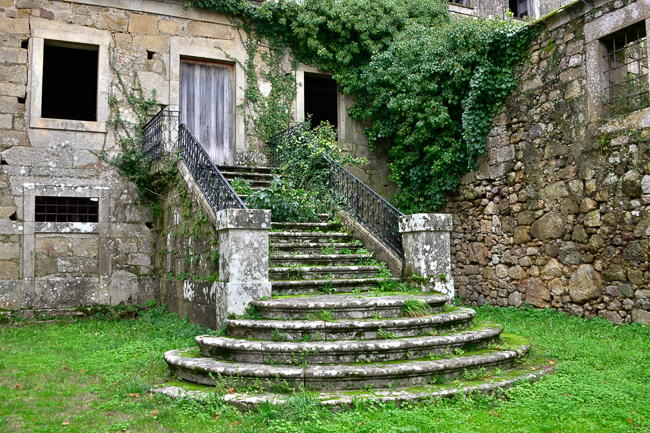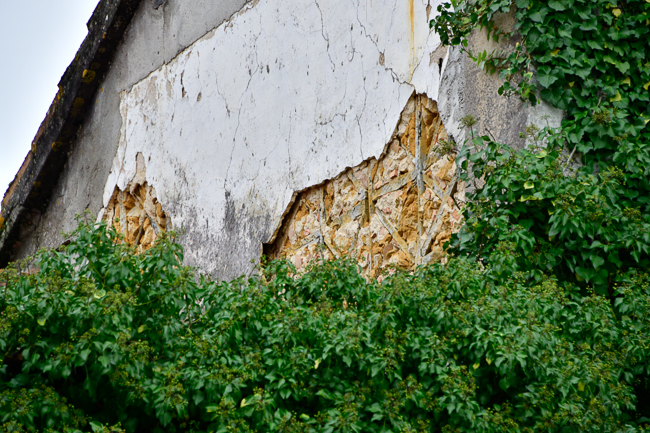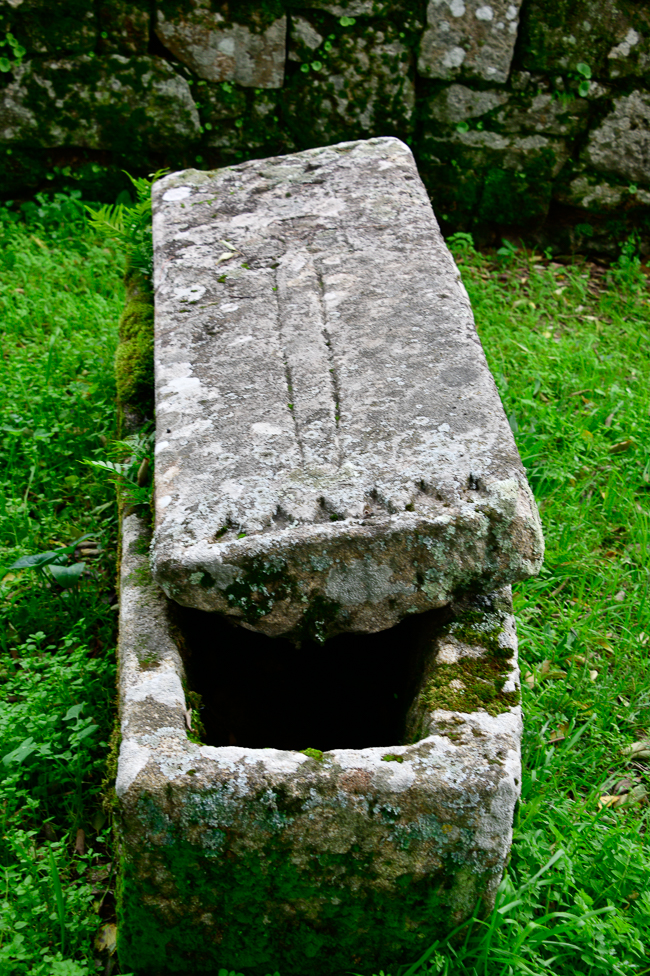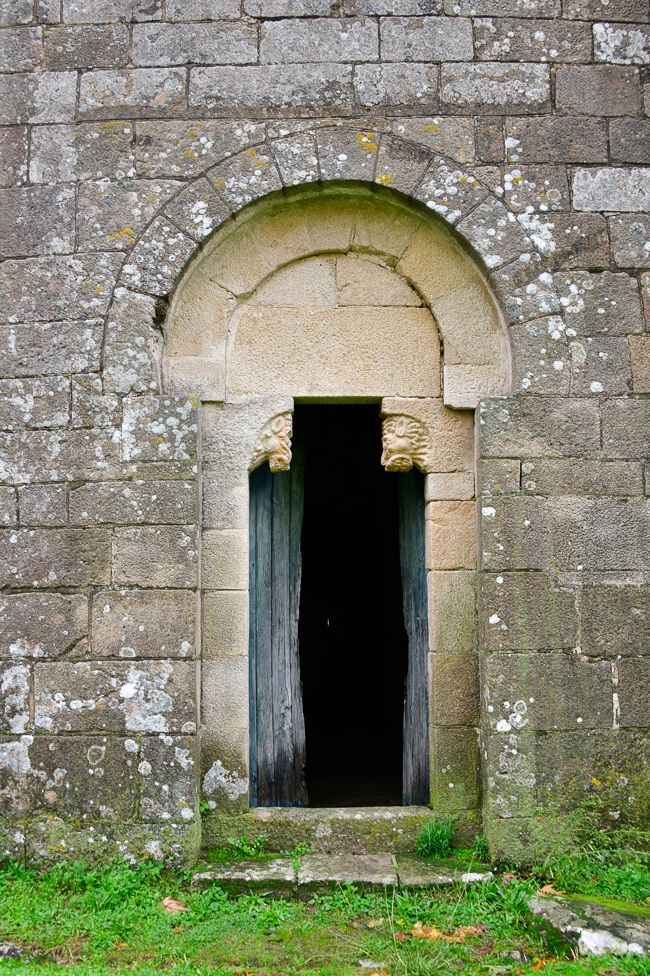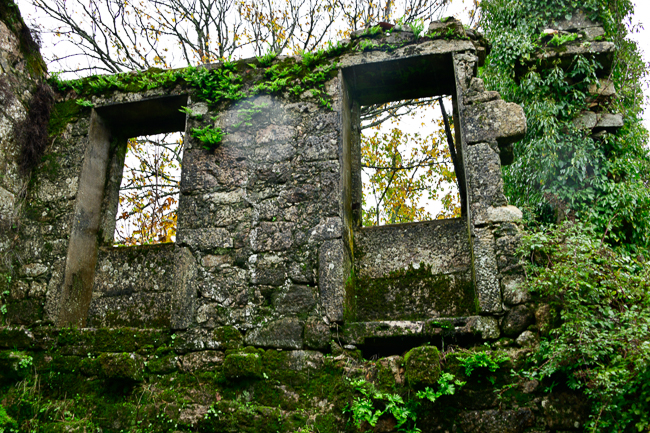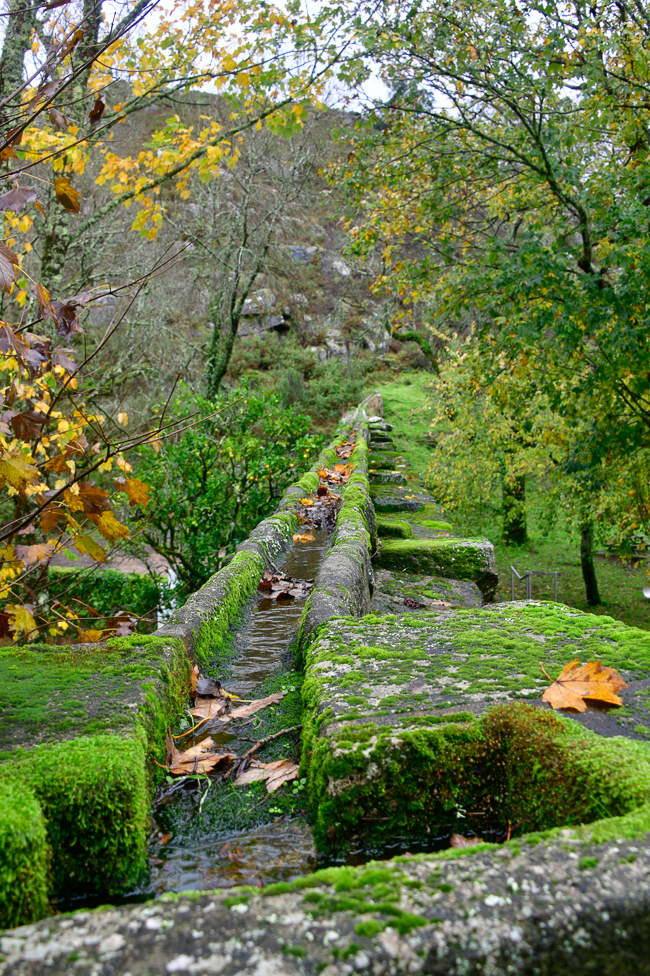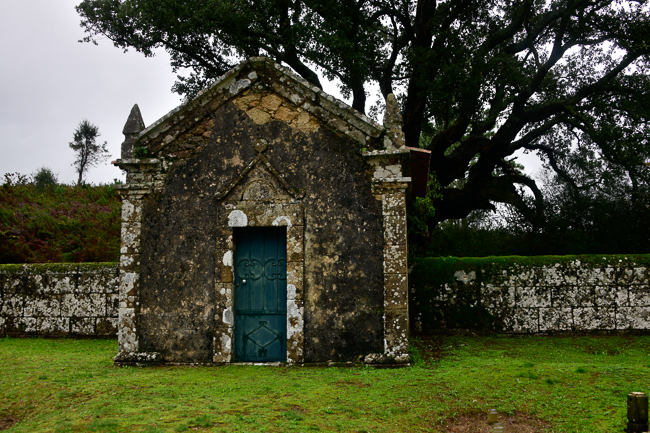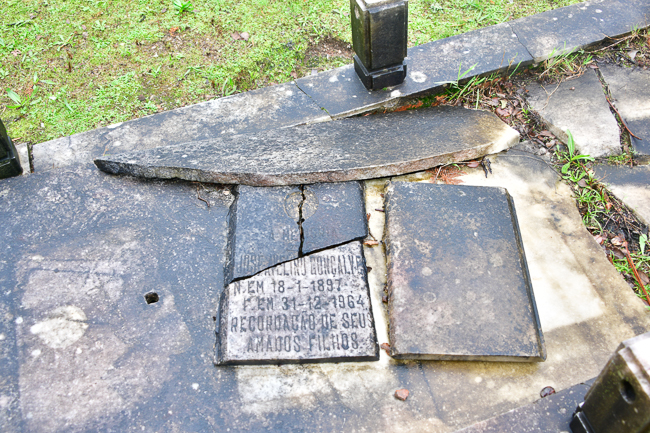November 2022
This was a day of exploring the Minho Region, the oldest part of the country of Portugal.
Originally settled by the barbarian Suevi, this early reconquered part of Portugal has the highest concentration of Romanesque churches in the country and some of the most significant historic sites in the Iberian Peninsula.
There isn’t a lot of information about this abandoned monastery. It actually now is in private hands. The foundation of the monastery is attributed to D. Afonso Henriques in the second half of the 12th century.
I did find a few, of what appear to be abandoned medieval gravesites in the back of the attached church.
Monastery of Sanfins
The Monastery of Sanfins was the head of the former Monastic Couto de Sanfins, which lasted until 1834.
Saint Francis Borgia, of the Society of Jesus, lived in this Monastery for some time (1510 – 1572).
There is a cemetery just up the road as well. Sadly I could find absolutely nothing about it.
It most likely is not attached to the monastery as the graves are tended to and I found one grave that dates to 1964.
The Minho is a region kept verdant by some of the highest rainfall in southern Europe, a rainfall we are experiencing like none I have ever seen.

